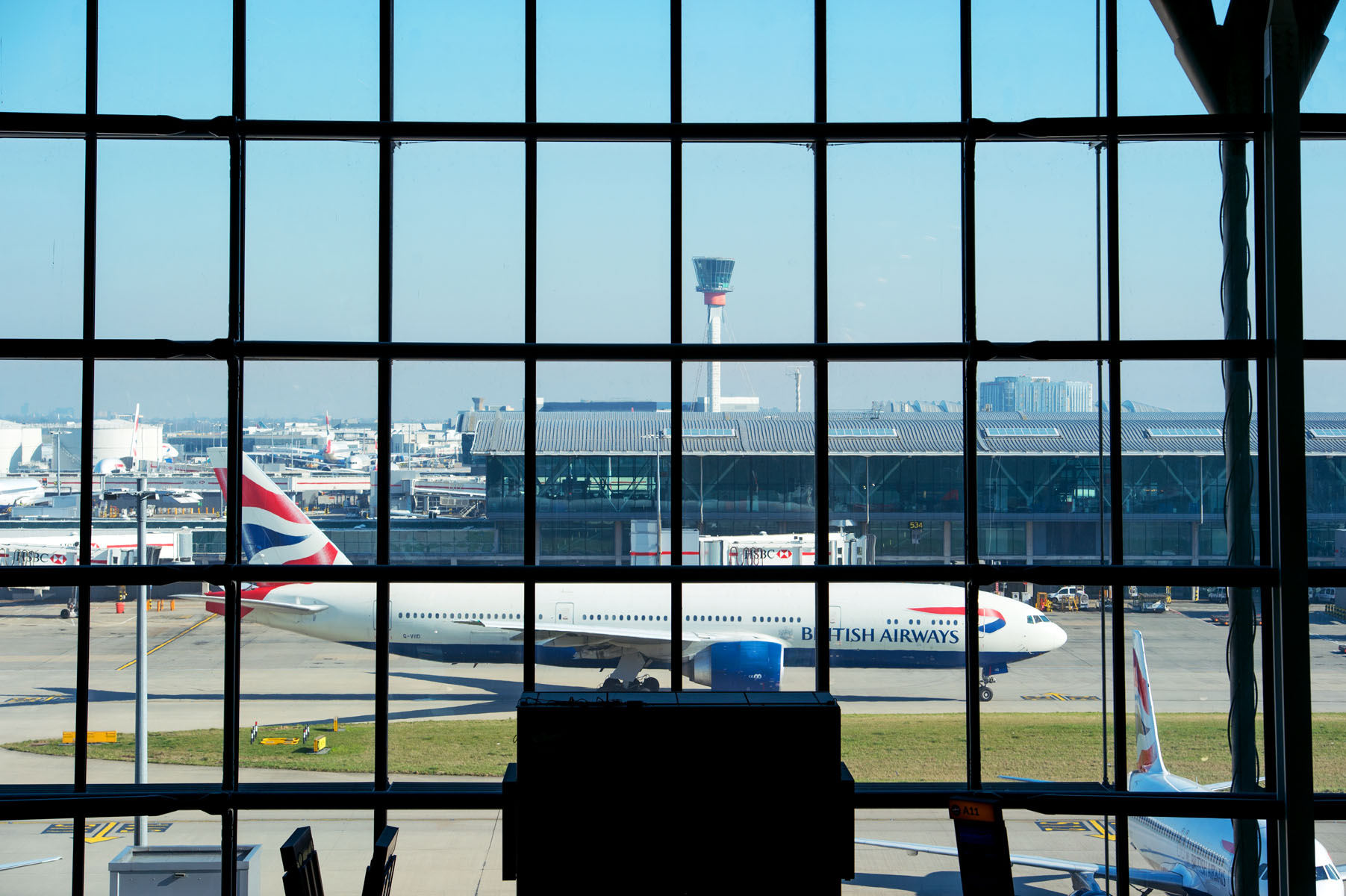It has been a turbulent day for UK aviation after London Heathrow Airport was forced to halt all operations, following a fire at an electrical substation supplying to the airport. This caused a significant power outage, grinding all operations at the airport to a standstill.
Following a day of widespread global disruption, the airport announced at 16:13pm GMT that it would be able to restart flights, prioritising repatriation and relocation of aircraft. Heathrow added that it expects to run a full operation tomorrow
The UK’s National Grid said earlier in the day that it was able reconfigure its electricity supply to restore power to parts of Heathrow Airport affected by the outage but described the move as an "interim solution" while further work is carried out to fully resolve the issue.
UK energy minister Ed Miliband described the sub-station fire as “catastrophic”, also confirming that a back-up generator for the airport had also been affected by the blaze.
The closure of Europe's second busiest airport was announced at 2:34am GMT on March 21, 2025, triggering the cancellation of over 1.300 flights, according to data from Cirium. This consisted of 669 arriving flights and 665 flights scheduled to depart.
Data has also shown upwards of 250,000 passengers have been impacted by flight cancellations.
In addition to cancelled flights, many airlines have been forced to divert services that were due to arrive at Heathrow, with over 200 flights being forced to land in cities around the world such as Amsterdam, New York, Frankfurt and Calgary. Dozens of flights were also made to return to their origin airports, with multiple services from the US to London turning around after being notified of the airports closure.
British Airways, which has the largest share of Heathrow flights, said that this power outage has had a significant impact on its operations.
In a statement, British Airways chairman and CEO Sean Doyle, said: “This is an unprecedented situation, and we have not seen a closure of Heathrow of this scale for many years. Unfortunately, it will have a huge impact on all of our customers flying with us over the coming days.”
Doyle noted that even when power returns to the airport, this incident will still have a “substantial impact” on the airline for many days to come, with disruption to journeys expected.
The airline was set to operate a total of 670 flights on March 21, carrying around 107,000 customers, with similar numbers planned over the weekend.
“If things do get back up and running soon, we will have the logistical issue of getting new crews out to operate stranded aircraft,” added Doyle.
At 8:30am GMT, parent company of British Airways, the International Airlines Group (IAG), saw its share price drop by 4%. Share prices did slightly recover after the market opened, rising by 1.2%, but still reflected an overall decline of 2.8%.
In response to the airport closure, Ryanair said that it would operate up to eight additional services between London’s Stansted airport and Dublin to transport affected passengers back to the UK. The Eurostar rail service will also add two additional services between London St Pancras station and Paris.
The London Fire Brigade reported on social media at around 8 am GMT that the sub-station fire in nearby Hayes was under control. The blaze, which had broken out eight hours earlier, required a response from 70 firefighters.
As the disruption continues, the UK Civil Aviation Authority (CAA) warned that disruption is expected to last, with the knock-on effect leading to delays and potential cancellations over the weekend.

